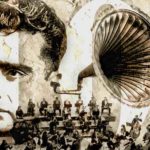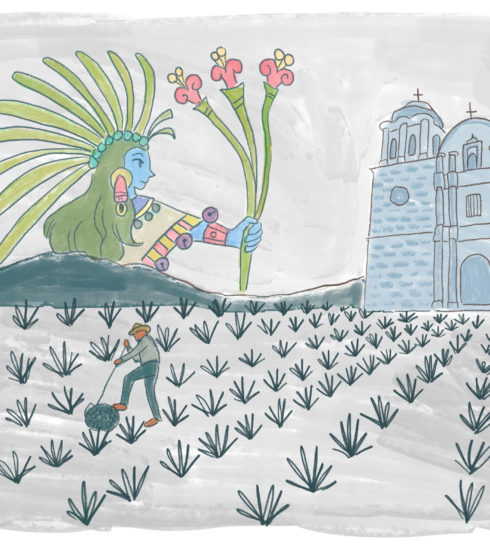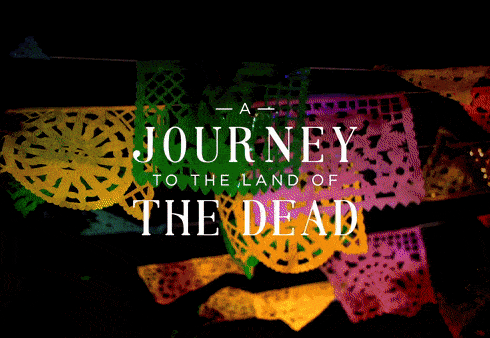A short walk through Mexico’s Independence
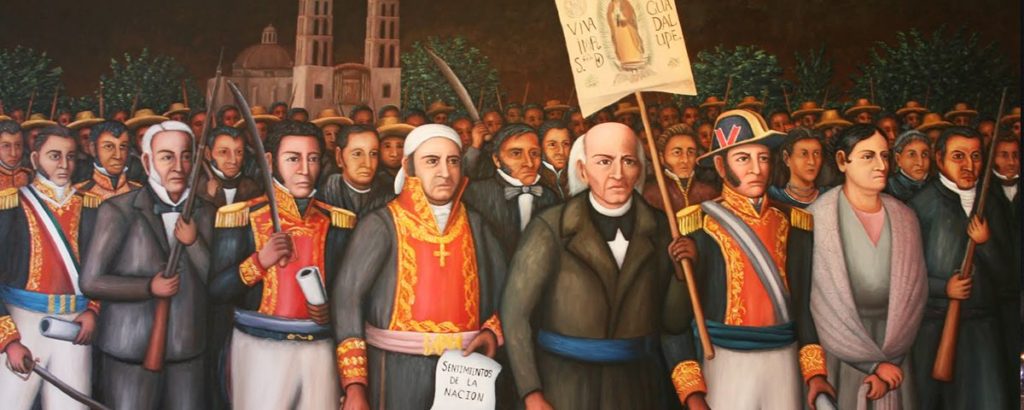
Contents
Mexico celebrates its Independence Day on September 16th each year to remember the struggle that thousands of Mexicans started to free themselves from the Spanish government, a time better known as the “Viceroyalty” due to whoever ruling was a representative of the King of Spain who had the title of viceroy.
The Viceroyalty began in the 16th century when the Spanish troops under the command of Hernán Cortés conquered the old Mexico-Tenochtitlán and named it “La Nueva España” (New Spain).
In the early morning of September 16th, 1810, the priest Miguel Hidalgo y Costilla made a call to the population of Dolores with his famous “Grito de Dolores” (Cry of Dolores), to begin the opposition against the viceregal authority that had already three centuries seizing the country. However, the change did not happen overnight; this rebellion lasted 11 years, consummating until September 27th, 1821.
The faces of Mexican Independence
Throughout history, some people have made a difference thanks to their impetus, courage, and perseverance. These are the beloved characters of the Mexican Independence struggle, who made a real change for this country.
Miguel Hidalgo y Costilla
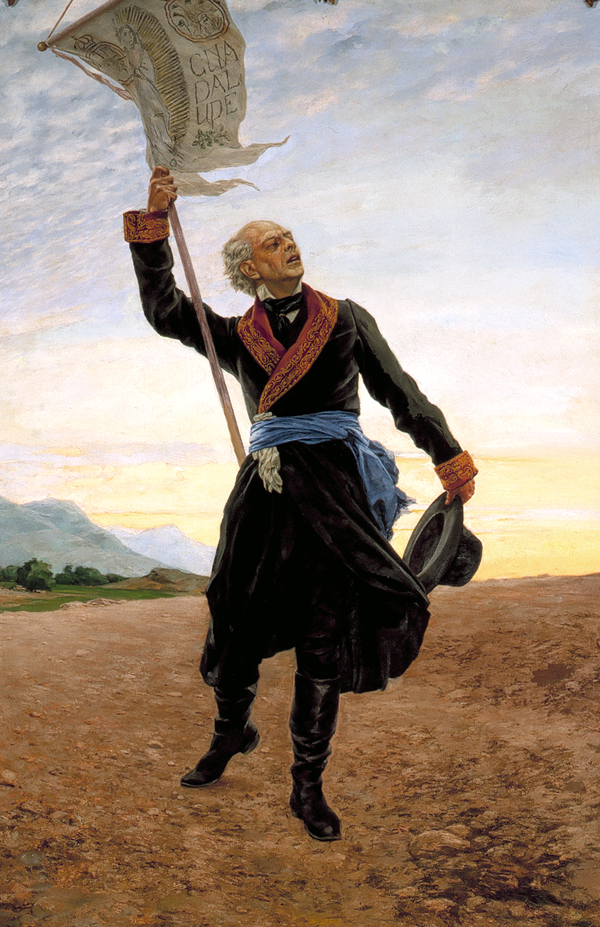
Priest Miguel Hidalgo y Costilla was a bishop with great language expertise. He was born in San Diego Corralejo, Guanajuato, in 1753 and died in Chihuahua, in 1811.
He was called “The Father of the Nation” for his imminent participation in the struggle for Independence, which he inaugurated in his parish (located in Dolores Hidalgo, Guanajuato) at the ringing of the bell with the famous “Grito de Dolores” while holding a flag with the image of the Virgin of Guadalupe that would soon become the flag of the insurgents.
“Death to the bad government! Viva Mexico! Long live the Independence!”
Don Miguel Hidalgo y Costilla
José María Morelos y Pavón

Called “the servant of the nation”, Morelos was a religious, politician, and military man who assumed the leadership of the independence movement after the death of priest Hidalgo, of whom he was a student and faithful disciple.
Among his multiple achievements was the organization of the Congress of Anáhuac, where he presented the “Sentiments of the Nation”, a document that exhorted the people to create an independent nation.
Ignacio Allende
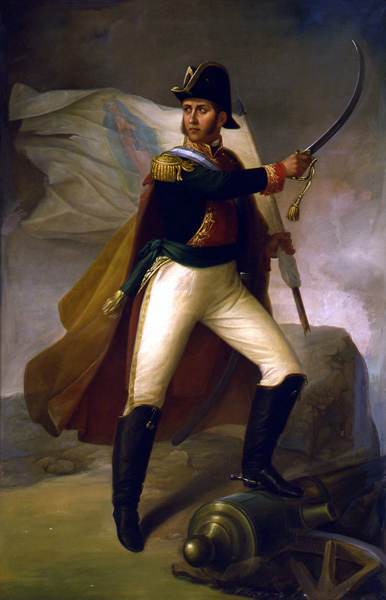
At the age of 26, he entered the army willingly, where he obtained his rank of captain in 1797. He devoted himself to militarism and participated in the first phase of the insurrection.
He fought in the battles of Alhóndiga de Granaditas, Monte de las Cruces, The Taking of Valladolid, Guanajuato, and Puente de Calderón until he was captured and shot in 1811.
Josefa Ortiz de Domínguez
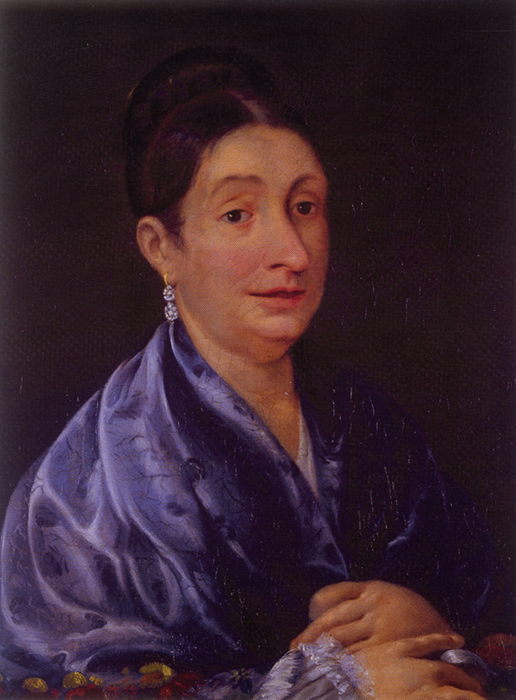
Better known as “La Corregidora de Querétaro” (The Mayor of Querétaro) because at the age of 23 she married the Mayor of Querétaro, Miguel Domínguez. Ignacio Allende influenced her ideals and from there on she was part of the plan together with her husband.
Both decided to open the doors of their house to organize conspiracy meetings, so they always got to notify Miguel Hidalgo of what was happening until their plans were discovered; even so, Josefa managed to give the notice to prevent the insurgents from being arrested. For this reason, Miguel Hidalgo decided to move forward as fast as possible in September, since the event was originally scheduled for October.
Juan Aldama
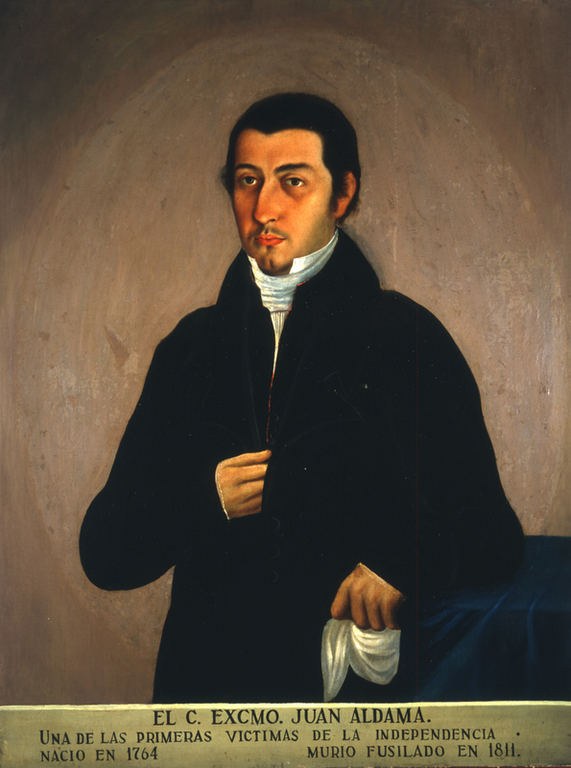
One of the revolutionaries who participated in the first battles until his death in June 1811.
He completed a military career in the Spanish army and became a cavalry captain in the Queen’s Regiment, but the injustices he witnessed within the Spanish system, such as exclusive trade with Spain and the marginalization of the criollos (Creoles), convinced him to rebel. This is how he assumed the military leadership of the rebels, with the rank of lieutenant general.
Agustín de Iturbide
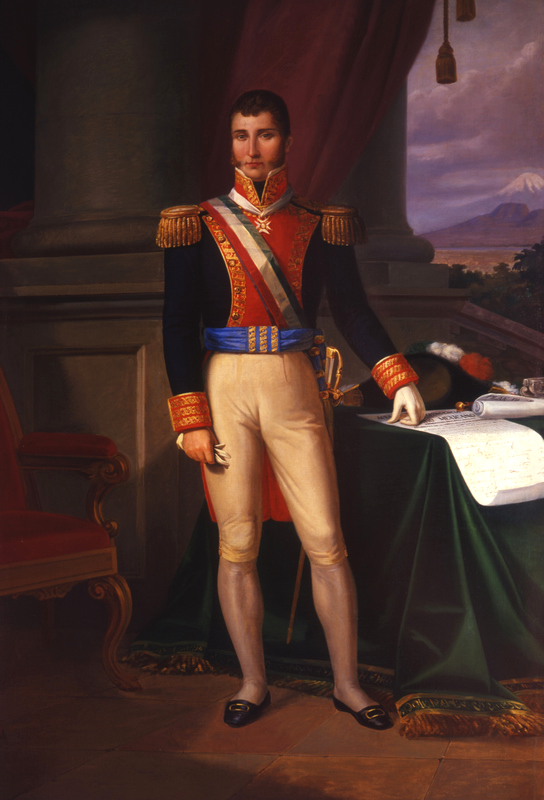
One of the most controversial characters, since he lacked a firm ideology, the reason that made him “change sides” constantly.
At the beginning of Hidalgo’s struggle, Iturbide joined the royalist army, but in 1821 he changed his mind and supported the insurgents to create the Trigarante Army, whose motto was “Independence, Union and Religion”; and the Iguala Plan, with three inalienable principles: The independence of Mexico, equal rights for Spaniards and Creoles, and the supremacy of the Catholic Church. But why did he suddenly decide to change teams? The reason was Vicente Guerrero, a complicated opponent with whom he best allied when he realized that he could not defeat him.
In 1822, when Iturbide declared the Independence of Mexico as a Mexican Empire based on a monarchy, it unleashed the discontent of many. Antonio López de Santa Anna, then governor of Veracruz, proclaimed the Republic and the pressure was so great that Iturbide had to abdicate his throne.
Although he is one of the figures with an unfavorable reputation, he was a key piece to achieve effective independence.
Vicente Guerrero
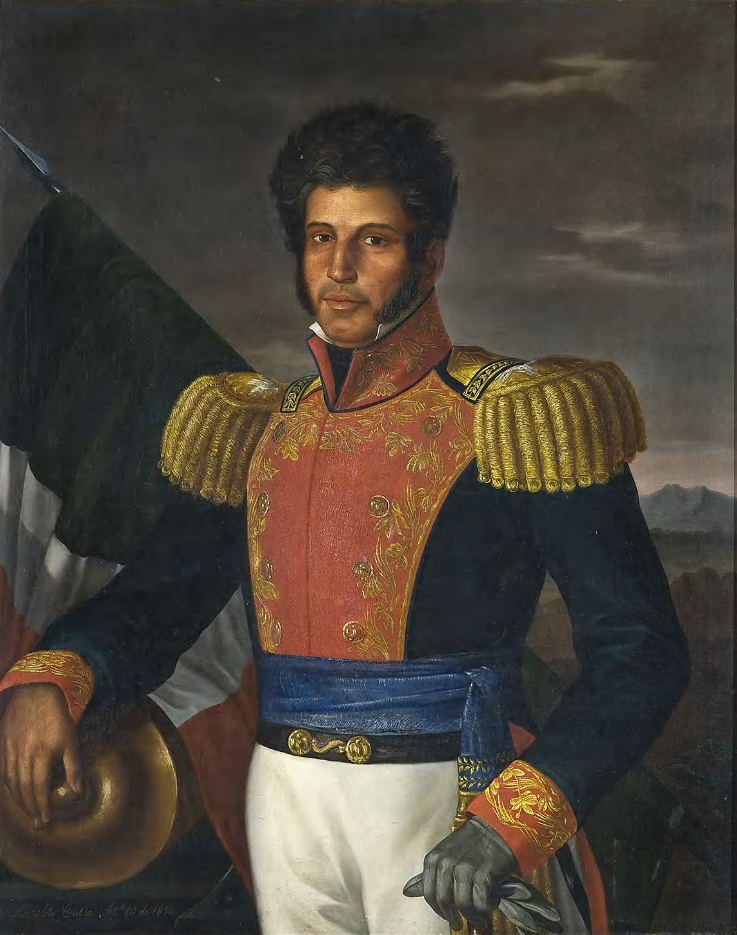
Mexican military and politician who supported priest Hidalgo since the beginning. He became the leader of the insurgent movement after the execution of José María Morelos y Pavón in 1815 and continued to fight for a cause that was already considered lost.
After seeing that Iturbide declared Mexico as an Empire, he supported the Republic of Santa Anna until the monarchical government ended.
Guadalupe Victoria
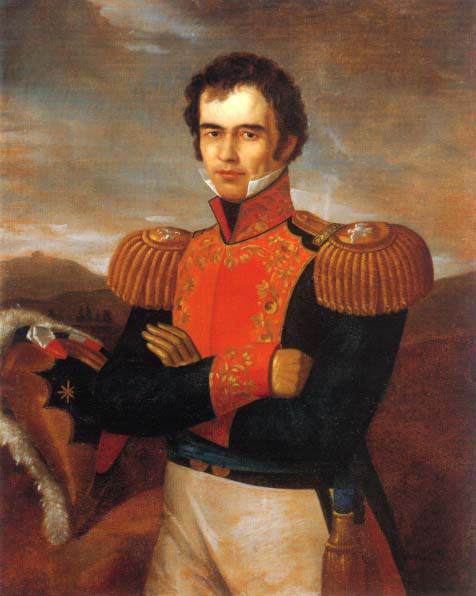
A faithful insurgent who was elected as the first president of Mexico from 1824 to 1829.
During his mandate, the relations with other countries such as the United Kingdom, the United States, and Colombia began, and he also created the Mexican Navy. In 1829 he ceded power to Vicente Guerrero. After many years of battling his epilepsy, he passed away in 1843.
8 interesting facts about Mexico’s Independence (that even some Mexicans don’t know)
- Miguel Hidalgo did not ring the bell for independence as is commonly believed. The person who did it was José Galván, the bell ringer of the parish.
- Mexico has two Acts of Independence. The first was signed on September 28th, 1821, which establishes the Empire. After the fall of Emperor Iturbide, the act was renewed with the term of “Republic”.
- The remains of Agustín de Iturbide are the only ones located in the Chapel of San Felipe de Jesús, in the Cathedral of Mexico City, not in the Column of Independence like all the other Independence heroes.
- It is not known for sure how the priest Hidalgo looked like. The images that exist about him are portraits of a Belgian priest who came during the Iturbide empire, but some historians maintain that they bore a certain resemblance.
- The full name of the priest Hidalgo was Miguel Gregorio Antonio Ignacio Hidalgo y Costilla y Gallaga Mondarte Villaseñor. By the way, he liked to drink chocolate and before giving the Cry of Dolores, he had a cup together with Aldama and Allende.
- The reason why Mexicans begin to celebrate from September 15th is because of Porfirio Díaz, a former president of Mexico whose birthday was on this day. He decided to commemorate this holiday on the same day as his birthday.
- The nuns of the Santa Mónica Convent in the city of Puebla were the creators of one of the most traditional dishes in Mexico: Chiles en nogada. This happened when they got the news about General Iturbide celebrating his birthday and visiting the city at that time, so they created this dish to delight him, with the colors of the Trigarante Army: green, white, and red.
- The sculpture of “El Pípila” in the city of Guanajuato represents one of the anonymous heroes sacrificed in the Independence. The Pípila placed a stone on his back to avoid the bullets during the Taking of the Alhóndiga de Granaditas… but it is not known with certainty if this character existed.
Did you know something about Mexico’s Independence history? We invite you today, September 16th —whether you are Mexican or not— to celebrate this rich and diverse country, and shout with us a sincere:


